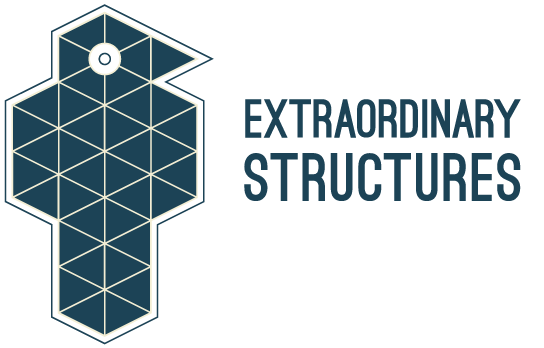America’s Housing Crisis Is a Chance to Change the Narrative and Fix the Future
America’s Housing Crisis is a Chance to Change the Narrative and Fix the Future
by Zane Fischer, CEO, Extraordinary Structures
A Good House is Hard to Find
Death and taxes may be certain, but food and shelter are non-negotiable. In the United States, we waste a lot of food, but we’re running out of houses. In a society ostensibly dedicated to life, liberty, and the pursuit of happiness, the right to protection from the elements seems distinctly absent.
This lack of moral imperative to ensure housing is especially troubling because the home fills such fundamental roles in our collective cultural drama. Home ownership is the primary lever of wealth generation. The home itself is a status symbol, along with its location, and is a foremost method of consumer participation – get a house, fill it with stuff. The data for quarterly housing starts is a harbinger of what’s to come in retail, manufacturing and utilities markets.
Our shared mythologies tell us home is sweet, home is where the heart is and there’s no place like it. But the state of play tells us access to these idylls is increasingly dependent on privilege. The United States is in a full-blown housing crisis and it is intrinsically tied to our economy and our environment. The solutions lay in both our perception of equity around shelter and in where and how we choose to build new housing. Taking meaningful steps will require consensus around the scope of the problem and the political and economic will to empower appropriate initiatives.
Backed into a Cul de Sac
The number of us truly without homes is increasing by staggering amounts. The Los Angeles Homeless Services Authority reported in June that the homeless population in Los Angeles County had increased by 12 percent from 2018, to about 58,900 or a few hundred more than the total population of Dubuque, Iowa.
Beyond those living in the streets, 11 million Americans spend more than 50 percent of their income on rent. Over 50 million Americans can’t meet their basic monthly bills. And between 2000 and 2015 the United States produced 7.3 million fewer homes than required just to keep up with demand and population growth. Housing supply in our economic epicenters is radically constricted like in the Bay Area.
Tune In, Turn On, and Build Houses
Increasing our housing supply will eventually lower prices, but in aggregate and over time. The supply to demand relationship feels like slow motion. This is compounded by the general persistent increase in property values, some markets being more constrained than others due to geography or regulation, shortages in skilled labor, escalating costs of construction, increased material expenses due to hurricanes and fires, trade disputes – all of these factors and more conspire against simply “building more houses.”
We need to begin by specifically building more affordable housing. Not subjectively “affordable” housing, but housing in which the cost is subsidized and the use is income-verified. This means states, counties and municipalities getting serious about issuing bonds and directing tax revenues toward affordable housing. It also means a true “housing first” policy when it comes to addressing homelessness. Putting people into homes and providing active case workers costs less money than trying to manage homelessness through policing and emergency medical care. Various studies project different levels of savings, but every study shows savings.
And there is more...Read Zane's full article here - https://greenmoney.com/americas-housing-crisis-is-a-chance-to-change-the-narrative-and-fix-the-future
======



